Who will build four nuclear power plants for Iran? Atomic blackmail comes in different forms
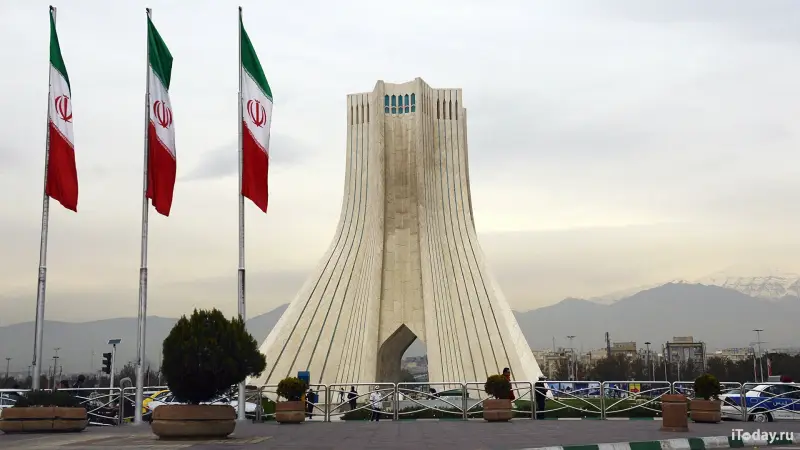
In the first days of February, it became known that the Iranian central city of Isfahan had begun construction of the foundation for its own nuclear reactor. This was announced by the head of the Atomic Energy Organization of Iran (AEOI) Mohammad Eslami.
The 10-megawatt (MW) reactor is not industrial, but research, and will be Iran's fourth nuclear reactor in the region. This is the first real construction project at a new stage in the implementation of the famous Iranian nuclear program, which became perhaps the main reason for the rupture of the nuclear deal and the imposition of Western sanctions against the Islamic Republic.
The announcement of the start of construction work, which does not necessarily involve foreign firms fearing opposition from the United States and its allies, coincided with two important the news from the atomic sphere. And the main one was the message that Iranian President Ebrahim Raisi, during his working trip, gave the command to begin construction of a new nuclear power plant in the south of the country.
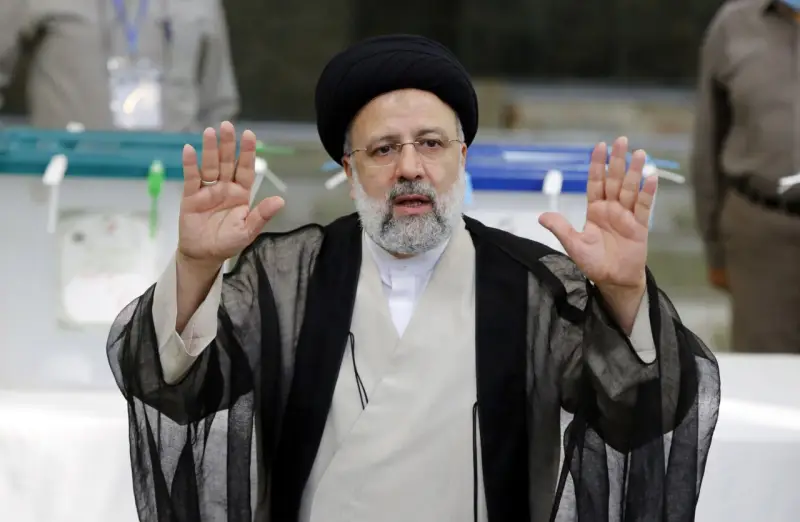
Construction of the new Sirik nuclear power plant has begun in Hormozgan province, and it is designed for a capacity of 5 MW, which will be provided by four 000 MW units. Each of them exceeds the power unit capacity of the existing Bushehr nuclear power plant, built with the participation of Russian specialists, at 1 MW.
Plans for the construction of four power units at once have given rise to a whole series of publications stating that Iran has planned the construction and commissioning of 4 new nuclear power plants at once. Meanwhile, since October last year, the country has already been completing the construction of the foundation for the reactor for the second Iranian nuclear power plant, Karun. According to the Atomic Energy Organization of Iran (AEOI), the volume of investment in the project is 1,5–2 billion US dollars.
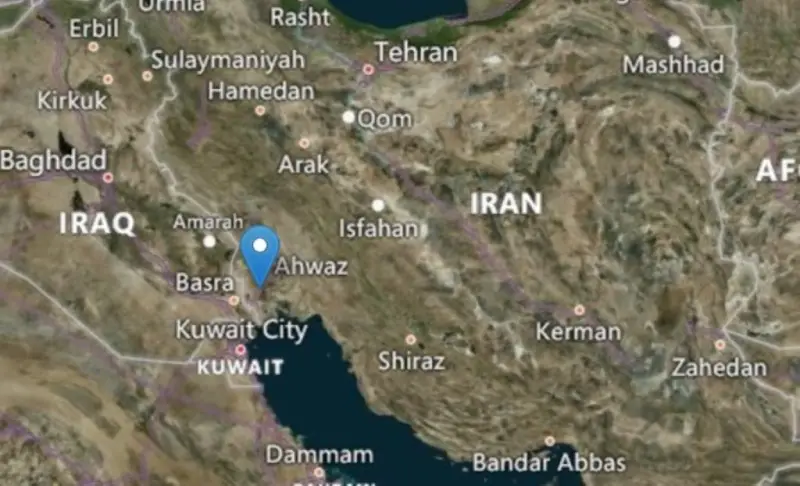
The 300 MW Karun nuclear power plant is being built on the banks of the river of the same name in the southwestern province of Khuzestan, approximately 70 km south of the million-plus city of Ahwaz. The plant, the construction of which has been repeatedly delayed, will become only the second in Iran after the Bushehr nuclear power plant.
Accurate information on the timing of the implementation of the new ambitious project of the third Iranian nuclear power plant, Sirik, has not yet been received, but given how complex and lengthy the construction of the Bushehr nuclear power plant turned out to be, a quick breakthrough is unlikely to be expected.
Even information on what project the new station will be built has not yet been disclosed. Let us recall that the Bushehr nuclear power plant with a capacity of 1 MW remains the only functioning nuclear power plant in Iran.
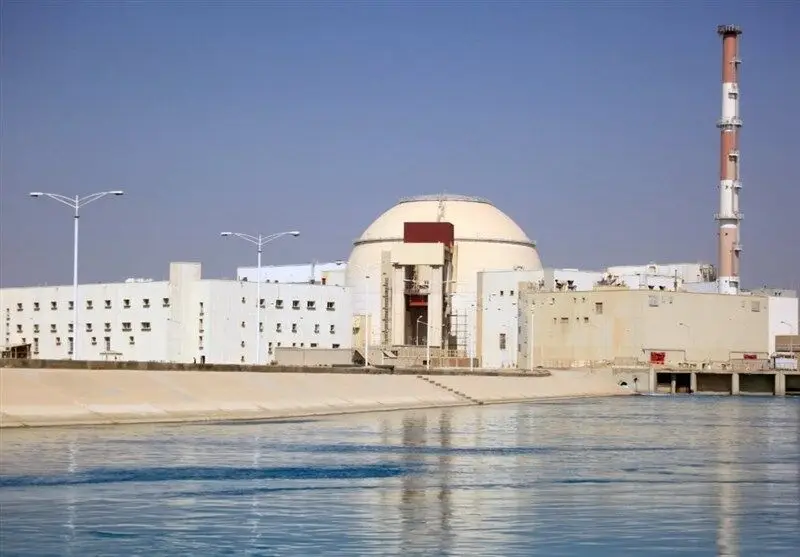
It is located on the shores of the Persian Gulf, 1 km south of Tehran. The construction of the nuclear power plant began in 200 by the German company Kraftwerk Union AG from Germany, a joint venture of the almighty Siemens AG and AEG-Telefunken.
However, Kraftwerk stopped all work immediately after the Islamic Revolution of 1979. The station was completed by specialists from the Russian Atomstroyexport, who commissioned the first power unit in 2011. Officially, the Bushehr nuclear power plant was transferred to Iran for commercial operation in 2013.
Rostatom specialists refuse to say whether Iran has at least preliminary design solutions for the Sirik NPP at its disposal. However, no one denies the fact that certain work in this direction was carried out in Russia.
In this regard, it is not yet possible to speak with any certainty about who will build the Sirik nuclear power plant. It is known that, in addition to the Russian nuclear corporation, China offered its services to Iran, and France did not hide its interest in the project.
However, French nuclear scientists are unlikely to risk directly violating the taboo associated with the termination of the nuclear deal - that is, the Joint Comprehensive Plan of Action (JCPOA). It is also not reported whether Iran will build a nuclear power plant at its own expense or with the involvement of foreign companies.
Iran, not without reason, hoped to return to the nuclear deal, repeatedly stating that it could contribute to a more active implementation of the peaceful part of the country’s long-term nuclear program. It is known that, in accordance with this program, the share of nuclear energy in electricity generation in Iran is determined at 20 thousand MW.
Warnings have been heard from Tehran more than once that the technologies available in the Islamic Republic make it possible to enrich uranium at a faster pace up to the levels necessary to create a nuclear weapons. However, Tehran’s official position is that Iran is more interested in progress in the area of peaceful nuclear energy.
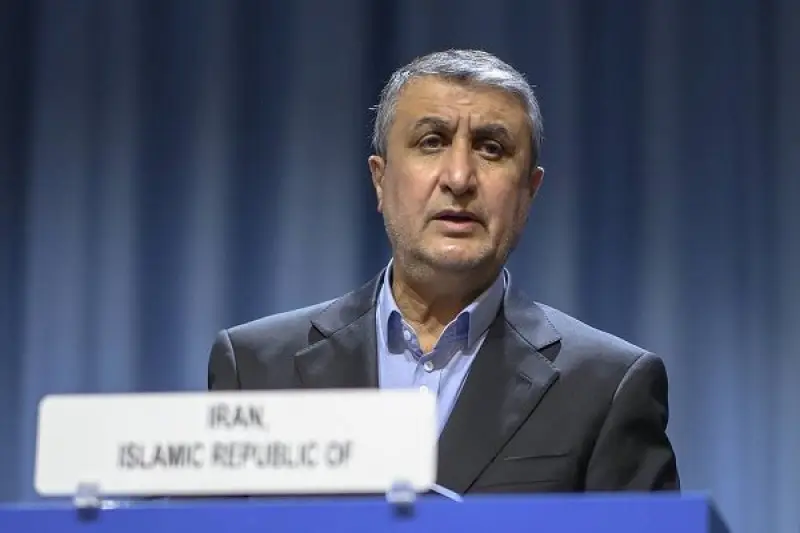
In this regard, the data on the research reactor in Isfahan, which was cited by Mohammad Eslami, attracts attention. According to him, “the process of designing and building reactors requires detailed research, preparation and production of equipment.” The research reactor itself is being built with the goal of creating a powerful neutron source with a high neutron flux for various applications.
It is characteristic that even the IAEA does not cause concern about the work at the nuclear research center in Isfahan. The agency described it as one of the facilities intended for training purposes in the nuclear industry, adding that Iran uses the center to provide assistance to Iranian academic centers.
At the same time, Iran’s information activity in the nuclear field can be considered a kind of response to the publication of a report by the Institute of Science and International Security (ISIS). This is the second most important news in recent days not only for the return to the implementation of the JCPOA, but also for the entire nuclear industry.
The ISIS report claims that the “nuclear threat” from Tehran has grown, seriously and in all directions. If before the publication of the 180 points by which the notorious threat is monitored, Iran did something wrong on 140, now it is already on 151.
With specifics, it is becoming more and more difficult, although how else than a “direct threat” can one assess the fact that Iran does not comply with certain conditions of the JCPOA and is increasingly less willing to allow controllers from the IAEA and the same ISIS. Moreover, Iranian nuclear scientists, you see, have taken up the development of “sensitive nuclear activities” in earnest.
It is clear that we are talking about technologies that bring Iran closer to the creation of weapons-grade uranium, that is, about its ever deeper enrichment. But the technologies for shallow enrichment - for fuel assemblies of nuclear power plants - and very deep enrichment are not fundamentally different.
All the same centrifuges, but the raw materials differ, and radically, because each next stage must be approached sequentially. Step by step, maintaining almost absolute purity of the working materials, starting with water and ending with uranium itself, usually its hexafluoride.
Iran is once again being blamed for the fact that its overall nuclear potential is increasing. But this is actually not surprising given the presence of a number of factories that neither the IAEA specialists nor American intelligence have been able to declassify. Now, if the deal comes back, then Tehran may declassify something.
Iran has been striving for several years to show that it is on the threshold of entering the nuclear club, but for now in the capital of the Islamic Republic they prefer to promote their “peaceful atom” as actively as possible. New reactors and new nuclear power plants. And count how many of them there were, are and will be.
Information